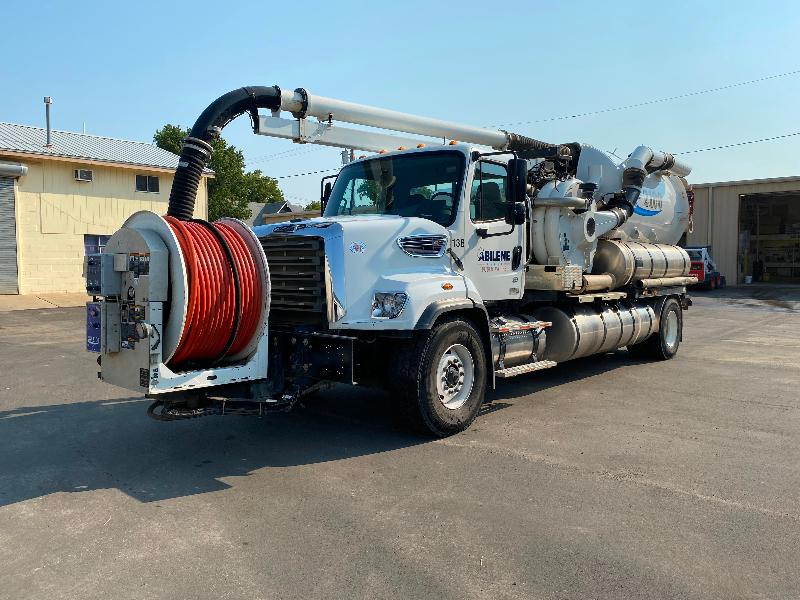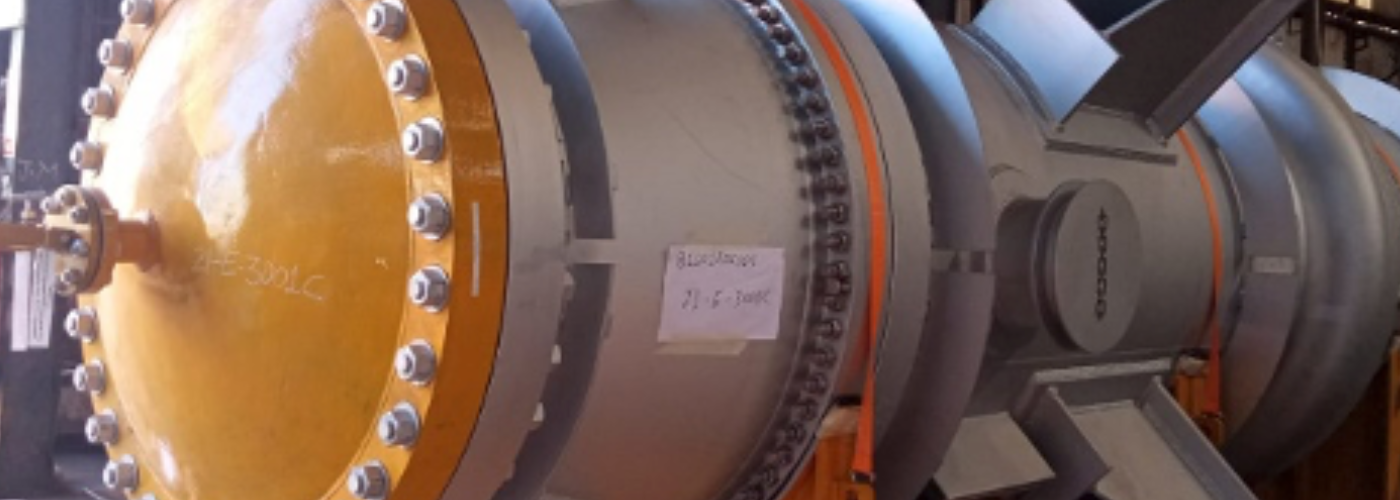Earth Day 2022
The theme for Earth Day 2022 is Invest in Our Planet, a call for the world to engage in a partnership with the Earth and contribute to its protection and preservation.
We don’t limit investing in our planet to one day. Each day, we work relentlessly to power the circular economy and contribute to sustainable commerce.
Simply put, we create a better future by making Earth Day every day.

The TODAY Show segment “Returns 101: How to shop smart, save money and reduce waste” offers viewers a peek into our Garland, TX warehouse to better understand the magnitude of the reverse logistics industry.
The Problem of Retail Returns
The COVID-19 pandemic has boosted e-commerce sales by an unprecedented amount, driving 2021 sales 22% higher than their pre-COVID-19 projections in 2019. While the boom in business is positive on the front end, online purchases have a 20.8% return rate, which has resulted in billions of dollars of lost revenue and a devastating environmental impact.
Many major retailers are ill-equipped to handle massive return volumes, often resorting to landfilling or incinerating waste to offset the losses incurred from transporting, sorting, and storing returns.
Every year, U.S. returns generate:
- 5.8 billion pounds of landfill waste
- 16 million tons of carbon dioxide
- $761 billion in lost sales
Source: Coresight Research Sustainability Insight Report The Hidden Costs of Retail Returns, 2021
The Facts
$4.583 Trillion
US Retail Sales
$761 Billion
Lost Sales Through Returns
16.6%
Retail Return Rate
What is the Circular Economy?
The European Parliament describes the circular economy as “A model of production and consumption, which involves sharing, leasing, reusing, repairing, refurbishing and recycling existing materials and products as long as possible. In this way, the life cycle of products is extended.”
Unlike the traditional, linear process of manufacturing an item to be used and ultimately discarded, the circular economy focuses on extending the utility of assets through smarter product design and secondary marketplaces. By incorporating circularity into the economic process, usable goods can be saved from landfills and incineration.
Today, the liquidation market is estimated to be worth $644 billion.

Becoming More Sustainable
Companies
Reassess Your Returns Management |
ManagementMany businesses suffer from inefficient reverse logistics processes, which becomes compounded by the ever-increasing consumer returns rate. Instead of taking the losses from returns, consider partnering with a reverse logistics specialist like us. |
Recommerce Merchandise |
Recommerce MerchandiseInstead of landfilling or incinerating returned and unused assets, engage with the circular economy by putting usable goods back on the $644 billion liquidation market. Consider selling on our liquidation marketplace, Liquidation.com. |
Reinvest Financial Savings |
Reinvest Financial SavingsDon’t let usable goods sit idly by and depreciate; transform them into liquid opportunity so you can continue to invest in your business’s core functions. Discover how you can maximize investment recovery. |
Consumers
Shop on the Secondary Market |
Shop on the Secondary MarketBuying one used item saves 82% of its carbon footprint, since it obviates the need to manufacture a new item. Before buying new, consider returned and refurbished goods on a secondary marketplace like Secondipity. |
Practice Sustainable Fashion |
Practice Sustainable FashionOverconsumption in the fashion industry is at an all-time high, but it doesn’t have to continue with you. Reuse the clothes you can and shop returned, second-hand, or from sustainable brands when you feel the passion for fashion. |
Recommerce Unwanted Items |
Recommerce Unwanted ItemToday’s consumers are increasingly interested in sustainable shopping, which means selling your used goods can be a lucrative side business. 62% of Gen Z prefer to shop from sustainable brands, with 73% willing to pay more for sustainable products. |
Why Liquidity Services?
At Liquidity Services, we support re-commerce processes for retailers and manufacturers through our surplus management solution offerings. Our marketplaces serve as platforms to connect buyers and sellers across the globe, facilitating the sales of everything from iPhones to islands.
Since 1999, we’ve been on a mission to revolutionize the fragmented reverse supply chain. Today, we operate the world’s largest B2B e-commerce marketplace platform for surplus assets and support our clients’ sustainability efforts by helping them extend the life of assets, prevent unnecessary waste, and divert products from landfills.
We serve as a trusted partner to some of the top retailers in the world, empowering businesses to make informed, sustainable decisions; mitigate risks; and generate meaningful and measurable results.
Our Commitment to Sustainability
2,545,468 lbs
Cardboard Recycled in 2021
435,900 lbs
Electronics Recycled in 2021
40,000
Pallets Recycled in 2021
Environmental, Social, and Governance Report
Our annual Environmental, Social, and Governance (ESG) Report highlights Liquidity Services’ efforts to build a better future for organizations, individuals, and the planet by capturing and unleashing the intrinsic value of surplus.
We have worked to build a better future for buyers, sellers, and the planet through our surplus management solutions and marketplaces, and this report documents the standards we follow to offer transparency into our sustainability and governance practices.
Learn about our operations, volunteerism, compliance practices, and more.











